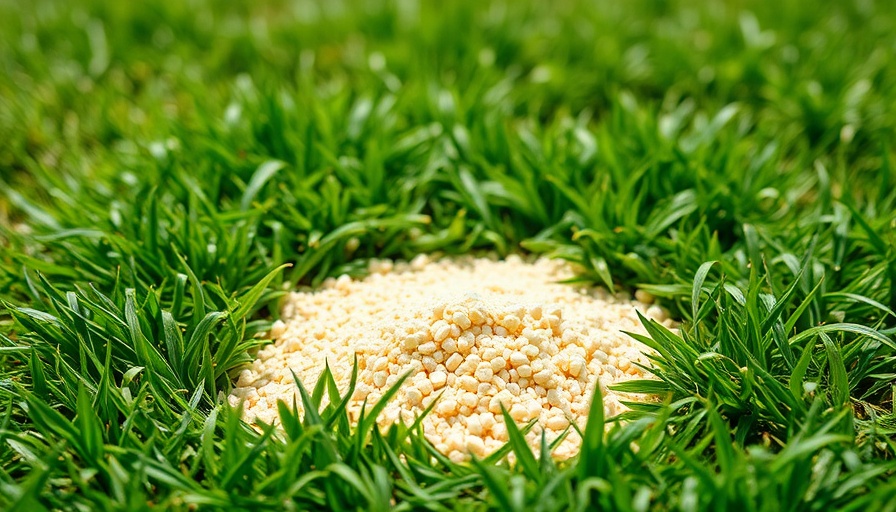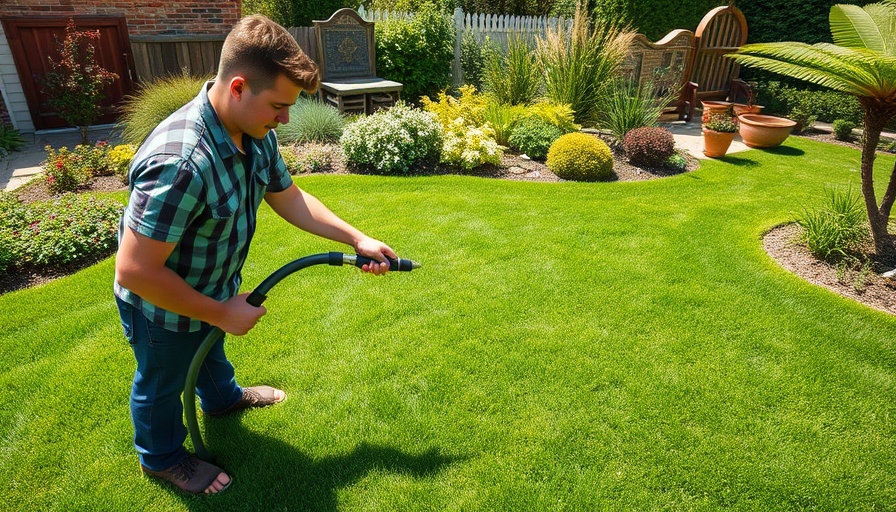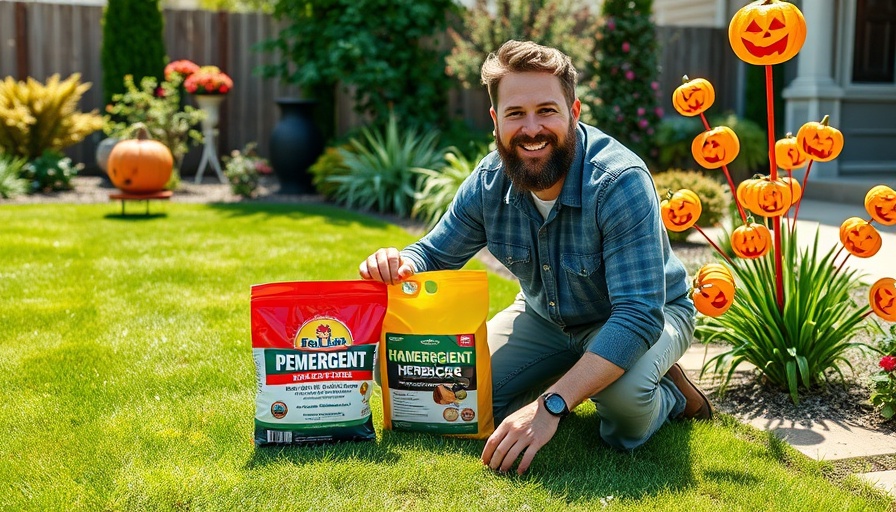
The Promise and Pitfalls of Corn Gluten Meal as a Weed Control
For homeowners seeking environmentally friendly solutions to weed control, corn gluten meal often emerges as a go-to recommendation. However, many find that despite their good intentions, the results can be frustrating. Brian N. from Tur Mechanic delves into this very topic, sharing insights on the correct application of corn gluten meal and its effectiveness against weeds like poa annua, especially when shared with homeowners and landscaping contractors.
In 'Corn Gluten Meal Works ONLY If You Use It Like This', the discussion dives into the correct application methods for corn gluten meal, exploring key insights that sparked deeper analysis on our end.
Understanding How Corn Gluten Meal Works
Corn gluten meal acts as a natural pre-emergent herbicide, inhibiting the rooting process of germinating weeds by introducing high amounts of proteins into the soil. However, it's important to note that it isn’t an all-encompassing answer. “The reason that it’s called corn gluten meal versus cornmeal is due to these additional proteins, which are key to its effectiveness,” explains Brian. It’s not enough to simply sprinkle it on your lawn and hope for the best; the dosage is critical.
Why Quantity Matters: Breaking Down the Application Rate
As Brian pointed out, many misapply corn gluten meal due to underestimating the necessary quantity. Typically, a bag might recommend applying only three pounds per 1,000 square feet. However, scientific studies suggest an optimal effect is achieved with more than six times that amount. “You have to put it on way heavier, six, seven times as heavy as the bag tells you to,” Brian emphasizes. This means instead of three, you could need a staggering twenty pounds per 1,000 square feet. This is a significant factor that many users overlook.
The Timing: When to Apply for Maximum Effectiveness
The effectiveness of corn gluten meal is heavily influenced by the timing of the application. It is most effective when used before the soil temperature rises above 55°F in the spring or drops below 70°F in the fall for winter weeds. Applying it too late—after the weeds have already germinated—means that it simply won’t work as intended. Homeowners must plan their applications carefully, considering both soil temperatures and forecasts.
Environmental Considerations: Keeping It Dry
One of the critical aspects of using corn gluten meal involves moisture control. “The more water that's in the ground, the less effective the proteins in corn gluten meal will be,” Brian warns. Therefore, it is crucial to apply corn gluten meal to a dry lawn, utilizing only a light mist of water to activate it without pushing it deeper into the soil.
The Cost Factor: Expenses of No Chemicals
While using corn gluten meal eliminates the need for chemical pre-emergents, it's essential to keep in mind that the financial cost can be significant. Homeowners might find themselves needing multiple bags to treat their lawns effectively, which can add up quickly. For sustainable options, those situated in regions like Canada, where certain chemicals are banned, corn gluten meal remains a practical—though expensive—alternative.
Exploring Alternatives and Combinations
For those concerned about the cost or effectiveness of corn gluten meal alone, integrating other organic solutions can also be beneficial. Many experts suggest exploring native plant landscaping ideas or low-maintenance flower beds with North Carolina perennials to naturally suppress weeds while enhancing the beauty of the lawn.
Long-Term Commitment: Building a Thriving Ecosystem
Importantly, applying corn gluten meal isn’t just a one-time fix. For lasting results, it requires a multi-season commitment. In achieving a thriving lawn, the aim is to weaken the weed seed bank in the soil. Following application, its preventative benefits can cultivate an ecosystem that improves over time, reducing weed presence gradually.
In conclusion, while corn gluten meal can be a powerful ally in the quest for a weed-free lawn, understanding its proper application is essential for success. With proper dosage, timing, and environmental considerations, homeowners can harness its natural properties to foster beautiful gardens without resorting to chemicals. If you're interested in exploring further enhancements to your landscaping, consider diving into low maintenance landscaping ideas in Raleigh, NC for sustainable garden designs!
 Add Row
Add Row  Add
Add 




Write A Comment